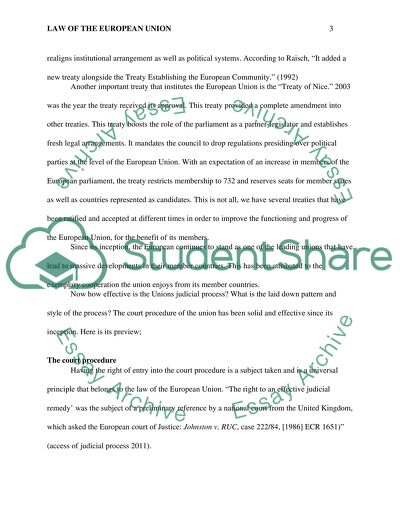Cite this document
(“Enforcement action of the commission against EU member states Assignment”, n.d.)
Retrieved from https://studentshare.org/law/1626971-enforcement-action-of-the-commission-against-eu-member-states
Retrieved from https://studentshare.org/law/1626971-enforcement-action-of-the-commission-against-eu-member-states
(Enforcement Action of the Commission Against EU Member States Assignment)
https://studentshare.org/law/1626971-enforcement-action-of-the-commission-against-eu-member-states.
https://studentshare.org/law/1626971-enforcement-action-of-the-commission-against-eu-member-states.
“Enforcement Action of the Commission Against EU Member States Assignment”, n.d. https://studentshare.org/law/1626971-enforcement-action-of-the-commission-against-eu-member-states.


